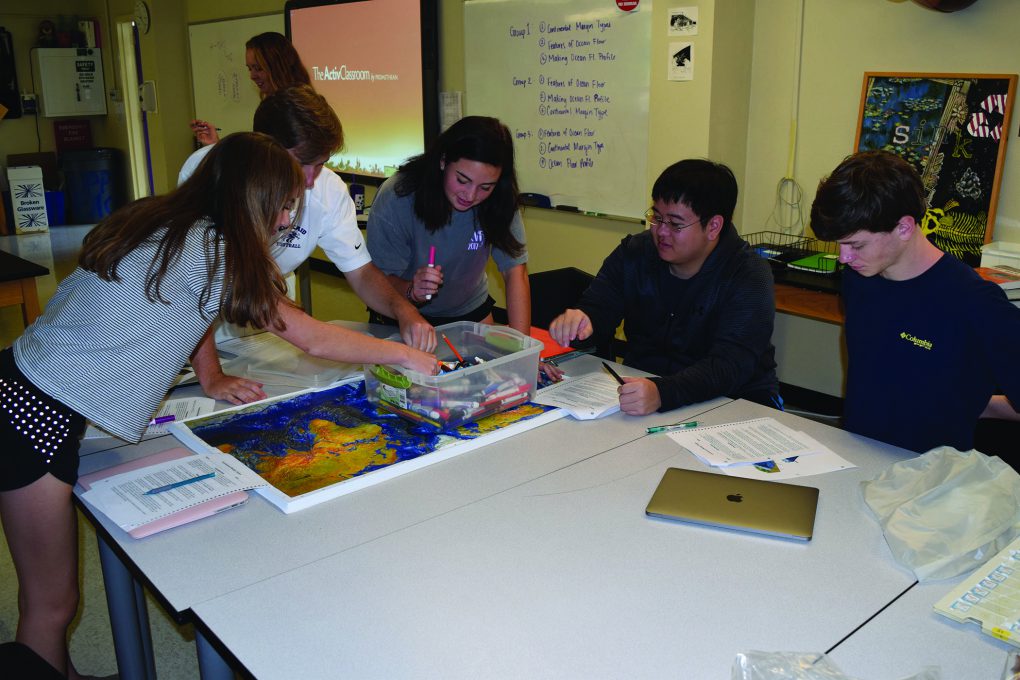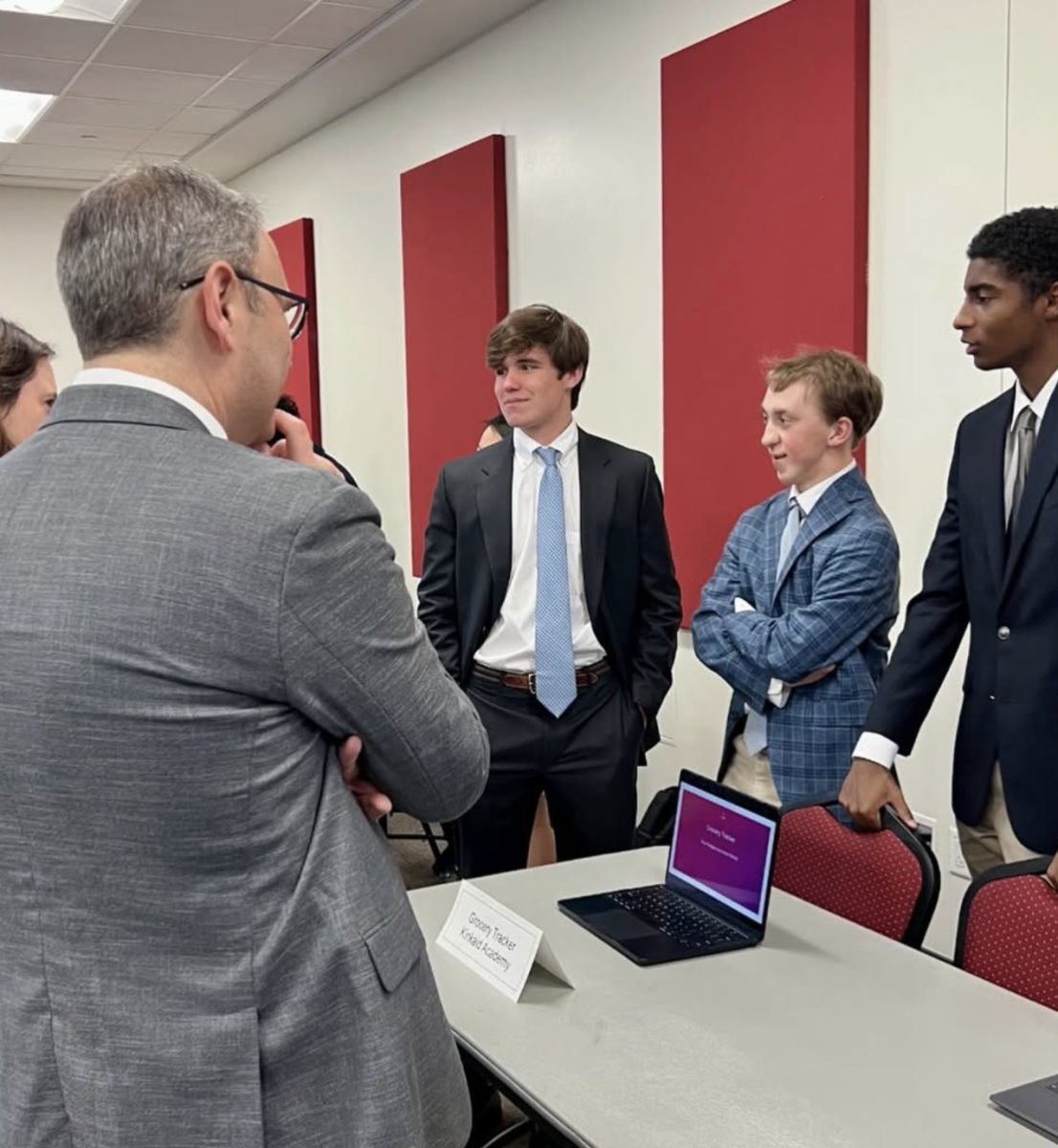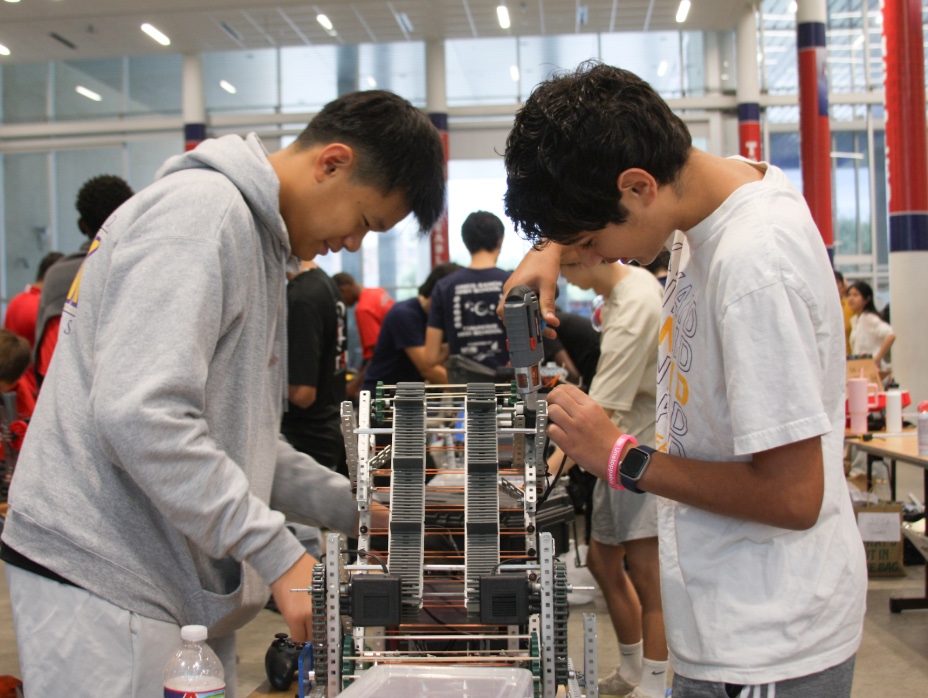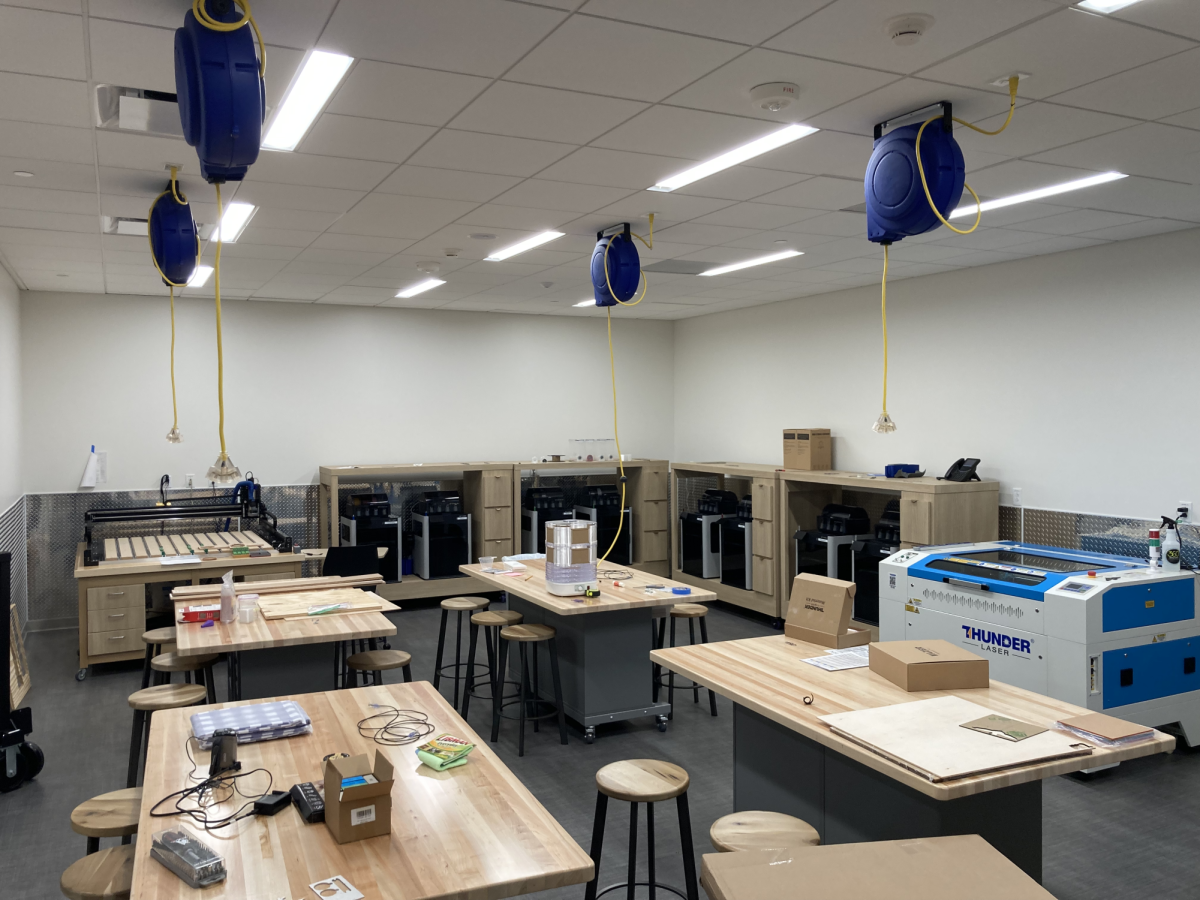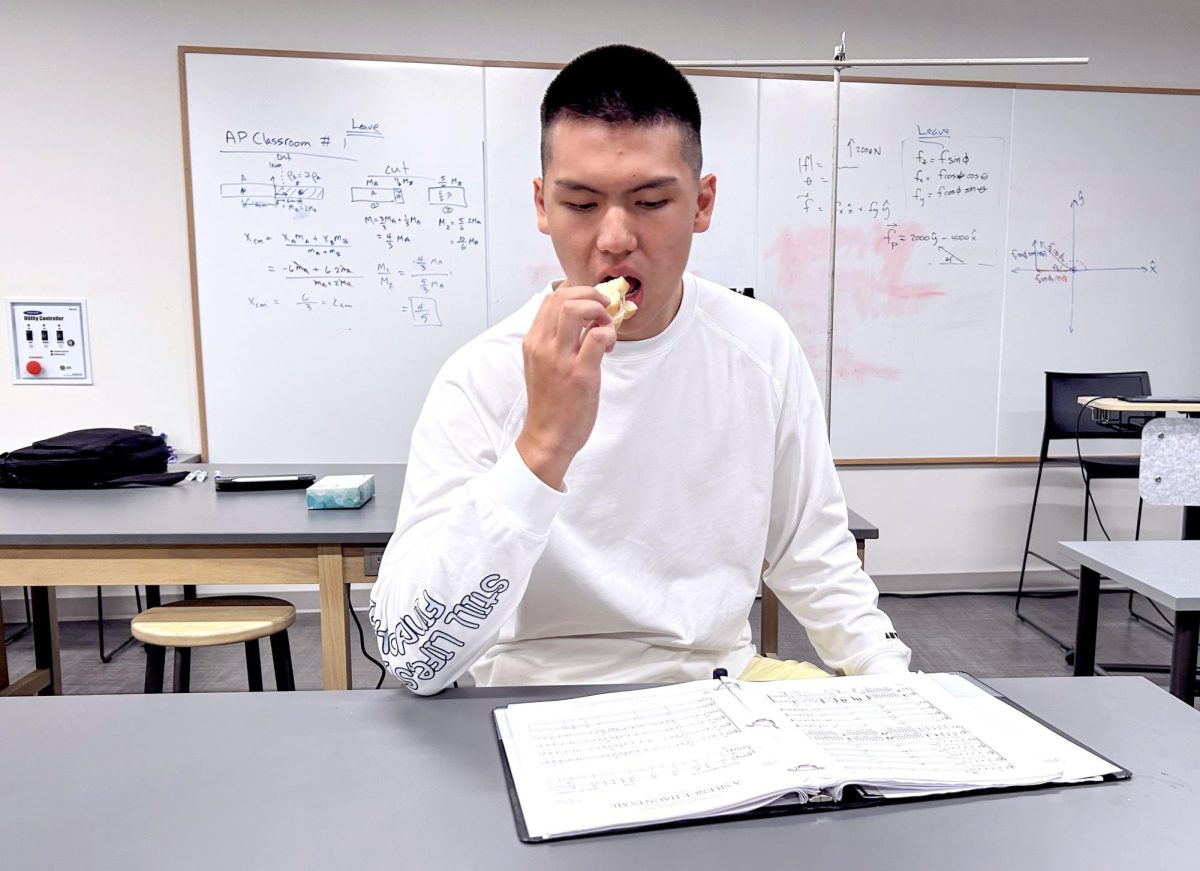This school year, two new elective science courses were added to the science department: Marine Science (with a revised curriculum) and Science Research Methods and Applications.
Marine Science, a one-semester elective offered in the fall and spring, is taught by Mrs. Sarah Shea who has had professional and hands-on experience studying marine biology. Students may take this course if they have taken Biology I and Chemistry I.
Different versions of Marine Science classes have been offered at Kinkaid in the past, taught by Ms. Maggie Honig and Ms. Stephanie Toro. Unlike the previous Marine Science class, this course will focus on marine biology and oceanography and will be more tailored towards the interests of Mrs. Shea.
“The fate of the ocean is the fate of humanity,” she said. She plans to focus on a biology based study of the ocean as well as human impact on it. In the classroom, students will have a hands-on based curriculum, participating in activities like labs, projects, and even dissections of stingrays, fish, and starfish. “[They] will be building off concepts they’ve previously learned [in Biology],” Mrs. Shea said.
Unlike the Marine Science course, Science Research Methods and Applications are two, semester-long elective classes taught by Dr. Clayton. Students may take the Methods course in the fall followed by the Applications course in the spring. This course is unique because it can be taken multiple times.
In Science Research Methods, students will learn methodology, which is “the step-by-step process of figuring out how to ask the right scientific questions,” said Dr. Clayton, head of the Upper School Science Department. Students must apply (applications open during the spring semester), and Biology I is a prerequisite. It is recommended for sophomores and juniors.
Typical classwork in the Methods class includes “discussing scientific papers weekly, discussion sessions with local scientists,… a few experimental designs for given questions, learning lab techniques, different kinds of data analysis, inquiry experiments, preparation for lab meetings and writing of lab reports, and journaling,” Dr. Clayton said.
Students who have taken the methods course and have department permission may then take the second part of the Science Research Course: Applications. In the spring semester, students will apply what they have learned in the methodology course to real life experiments.
Previously, the Science Research Applications course was available only as an independent study, but it can now be taken as a regular class. Students will still be working independently, applying their knowledge to an independent research project.
“[The research projects] are similar to what students would do for a science fair or a science competition,” Dr. Clayton said. Students will choose a topic they’re interested in to research and they will then participate in class discussions over scientific papers.
“Other electives are much more narrow focused,” Dr. Clayton said. In the Science Research Applications elective, students will learn something different every semester with their independent research projects.
Both classes expose students to possible research opportunities in the future. They also prepare students for a college and real-life setting of hands-on experiments and research, which one wouldn’t typically see in a high school classroom.


